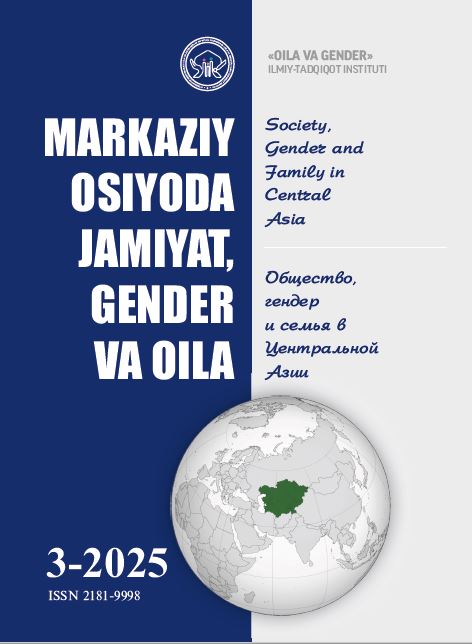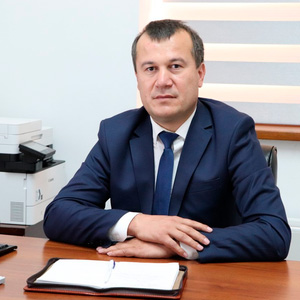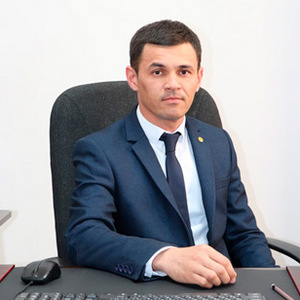The role of international organizations in ensuring gender equality
Abstract
This article presents a comprehensive examination of the role of international organizations in promoting gender equality. The primary objective is to examine the legal, political, and institutional initiatives undertaken by international organizations and evaluate their impact on gender reforms in Uzbekistan and the Central Asian region. The article employs an analytical approach based on international documents such as CEDAW, the Beijing Platform for Action, and practical initiatives by UN Women, UNDP, ILO, and others. The scientific problem addressed is the gap between international normative frameworks and national gender policies
Keywords:
gender equality CEDAW UNDPReferences
Asian Development Bank. (2021). Strengthening Gender Equality in Central and West Asia. ADB Publications.
Jo‘rayev, G. (2022). Xalqaro tashkilotlarning gender tenglikni ta’minlashdagi roli. – Toshkent: Sharq Yulduzi.
Kabeer, N. (2003). Gender Mainstreaming in Poverty Eradication and the Millennium Development Goals. IDRC.
Karimova, T. (2020). Gender tenglik asoslari. – Toshkent: Fan va Texnologiya nashriyoti.
Mukhamedova, N., & Wegerich, K. (2014). Water Users Associations in Uzbekistan: The Role of International Organizations. Journal of Rural Studies, 35, 137–150.
Sen, A. (1999). Development as Freedom. Oxford University Press.
True, J., & Mintrom, M. (2021). Gender mainstreaming and policy coherence for development. Gender & Development, 29(1), 11–27.
UN Women. (2022). Strategic Plan 2022–2025. https://www.unwomen.org
United Nations. (2020). Gender Equality: Why It Matters. https://www.un.org/sustainabledevelopment/gender-equality/
Walby, S. (2005). Gender mainstreaming: Productive tensions in theory and practice. Social Politics, 12(3), 321–343.
Downloads
Published
How to Cite
License
Copyright (c) 2025 Esanova Makhliyo Rokhatovna

This work is licensed under a Creative Commons Attribution 4.0 International License.










